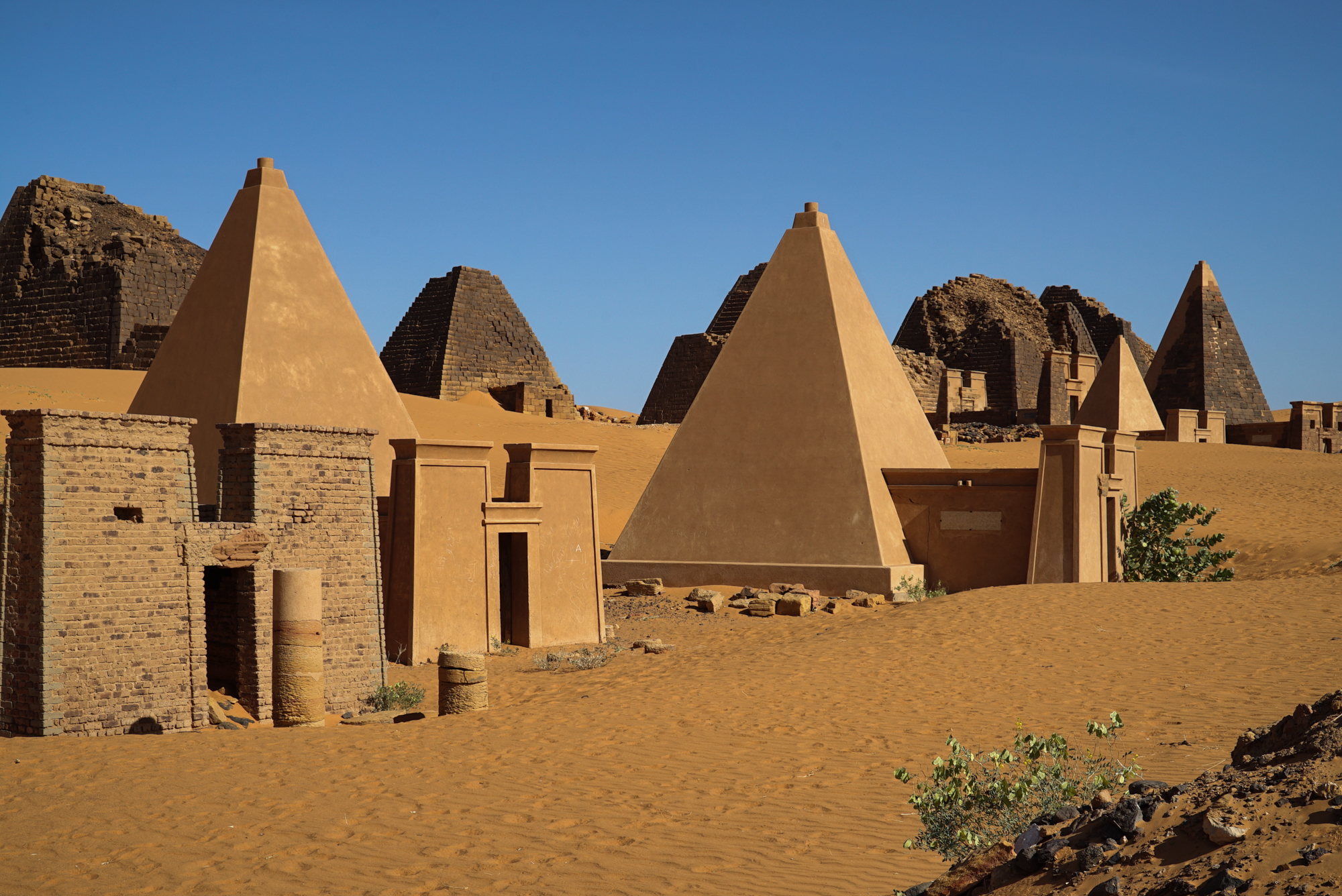

Nile tributaries running through this region made the land lush, enabling them to raise cattle and accrue immense wealth – so much so, in fact, that they became an attractive target for Egyptian invaders from the north. Access to water was key to the rise of the Nubian kingdoms.

It is whipped by dry northeasterly winds from the Arabian Peninsula and habob, summer afternoon dust storms that cut visibility to zero. To the west is the Libyan Desert, part of the Sahara proper, and to the east is the barren Nubian Desert. North Sudan is desert and receives little or no rainfall. The country is tropical with both a rainy and a dry season, although the temperature and amount of rainfall depend greatly on location. Sudan is divided into four main geographical regions, roughly corresponding to the cardinal points. Straddling the fault-line between the Islamic world and sub-Saharan Africa – the Arabs call the country bilad as-sudan, or ‘land of the blacks’ – it is superlative in every sense. It’s easy to understand why: Sudan ranges from desert in the north to mountains in the south, the whole bisected by one of the greatest rivers in the world. The Sudanese often describe their country as the whole of Africa in one country. Even now, if you have the opportunity to travel across the country, you should do so: the scale and diversity of the land is striking. Until the secession of South Sudan in 2011, Sudan was the largest country in Africa, covering 8% of the continent’s surface.


 0 kommentar(er)
0 kommentar(er)
